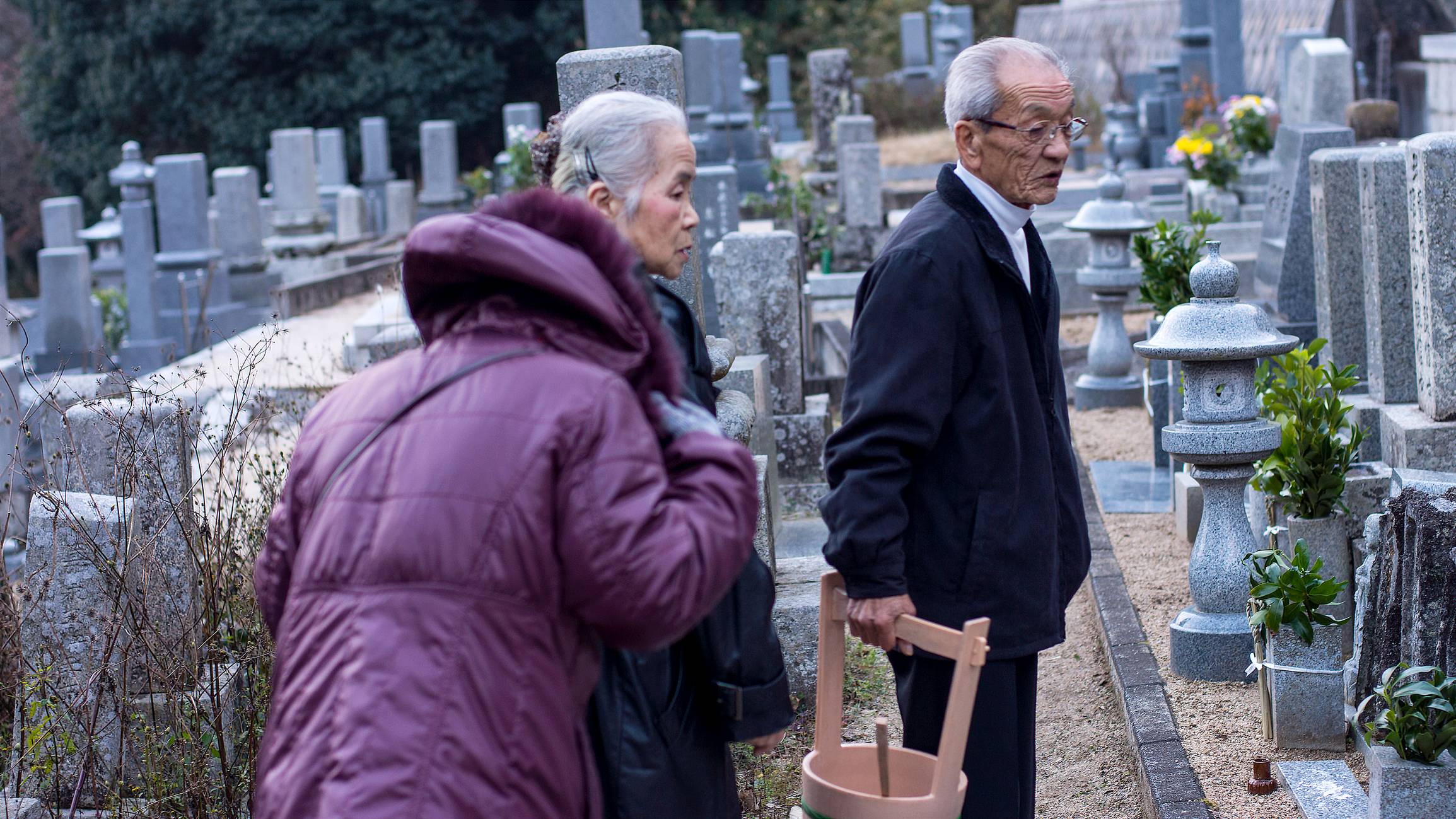Tuesday, March 21, marks 春分の日 (shunbun no hi, Vernal Equinox Day), known more simply as the official first day of 春 (haru, spring).
While this time of year is known for the appearance of 桜 (sakura, cherry blossoms), another tradition that takes place on 春分の日 is お墓参り (o-haka mairi), which is the visiting of their ancestors’ graves. It is also practiced on 秋分の日 (shūbun no hi, Autumnal Equinox Day) on Sept. 23 and, to a greater degree, during the お盆 (o-bon, Bon) festival that will take place between Aug. 13 to 16 this year.
お墓 (O-haka, Graves) have a strong cultural significance in Japan and visiting them is said to strengthen a sense of family. Usually, the 長男 (chōnan, eldest son) in the family is meant to take care of the family grave and, in return, he traditionally inherits the bulk of what his parents leave behind.

















With your current subscription plan you can comment on stories. However, before writing your first comment, please create a display name in the Profile section of your subscriber account page.